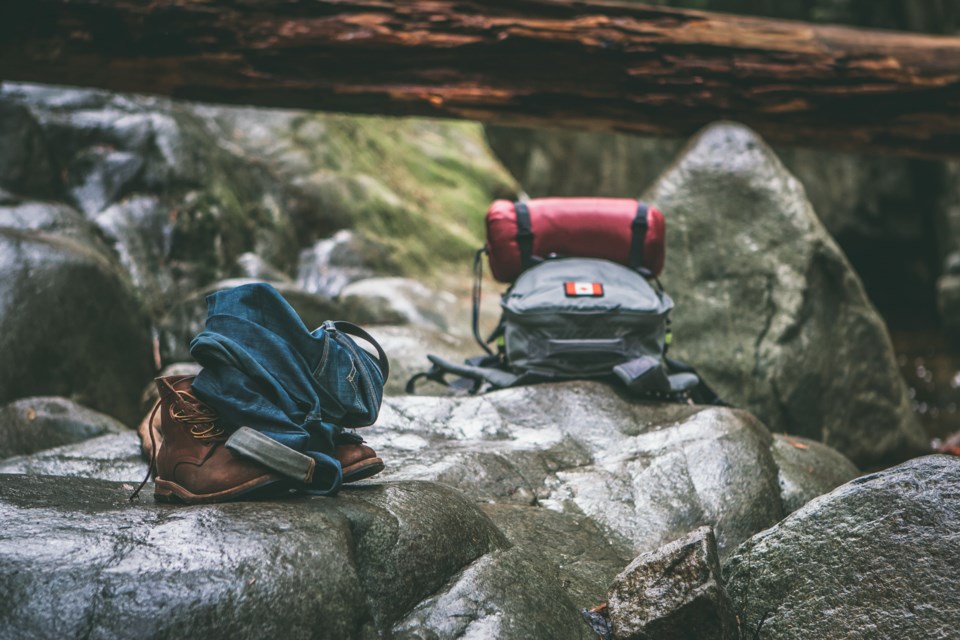Ken Caldwell, a 74-year-old man, moved to Colorado seven years ago. After moving here he fell in love with nature and hiking, now he hikes two to three times a week.
Over the years he has learned some of the in’s and out’s of hiking along the Front Range and shared tips for people new to Colorado or new to hiking in general.
The first thing he urges hikers to pay attention to is the elevation. Calwell explained that if you are from Colorado you are most likely already acclimated to the mile high elevation. However, some hikes in Colorado can reach up to 14,000 feet. When the elevation is higher, he urges hikers to take their time and go at their own pace.
“I think my second year here I did my first fourteener and I had gone back to Texas for four months, at sea level. Then I came back within a month, I did a fourteener and I felt it. It was not so much the legs, as the lungs,” Caldwell said.
Trail difficulty compared to your own physical fitness is also an important facto to consider, Caldwell said. Trails in Colorado can range from easy to moderate to difficult. If your legs are not in the best shape it is best to start on the easy to moderate trails and work your way up.
“This usually means not so much the distance, but the elevation on it. If you are gonna do 6 miles in 600 feet of elevation that is considered moderate. If you are gonna do 8 miles and 3,000 feet of elevation that is considered difficult, that is related to the steepness, the up and down and the conditions of the trail itself,” Caldwell said.
Not having the proper footwear is a common mistake for hikers, one Caldwell admits having made. There are many options for footwear and most outdoor retailers can assist with finding one suited for you.
For the summer months, he believes a good strong pair of sandals, like Tevas, works best for him because they are well made. For the winter months, he dons hiking boots with spikes, for ice, or chains, for snow, on the bottom work best.
There are several other pieces of equipment that hikers can bring along to help. Although useful tools, they are not all foolproof. For example, hiking poles are a common piece of equipment used to help with stability on hikes. However, Caldwell says he notices hikers using their poles as a crutch. When a hiker relies too much on their poles for stability this can actually result in the hiker falling and potentially getting hurt. If you do use poles, use them as a tool to aid you, but don’t use it for stability, Caldwell said.
“Trust me, I’ve seen people including myself fall really hard with poles,” Caldwell said.
Timing is everything and that is especially important during the dog days of summer. Avoiding the mid-day heat also will help prevent dehydration or heat exhaustion, Caldwell said.
“If you are gonna hike low, then hike early when it will still be 70 or bumping 80. If you are gonna hike late, go up into the mountains where it is cooler and chances are you will find some shade,” Caldwell said.
The most important thing to bring is water while hiking to avoid overheating and heat exhaustion. Caldwell recommends bringing at least two liters of water. He also recommends bringing snacks or electrolytes to replenish your body with the nutrients it is losing while hiking.
“We went up through Estes and over to Lake Granby and I was so depleted of electrolytes and potassium, my legs were cramping up. I haven't had that in a while, but a lot of new hikers will deplete their potassium. Take snacks, you know, take apples and bananas,” Caldwell said.
Pay attention to the type of trail you’re on and to your surroundings are essential. Acknowledging the type of trail can prevent injury. For example, if the trail is both a hiking and biking trail, be conscious of the bikers and acknowledge it will take a little longer, Caldwell said.
“The rule is that hikers have the right away, but if you think about it, it generally makes sense. So I know I always try to step to the side if there is a biker,” Caldwell said.
There are tons of beautiful hikes in Colorado. Caldwell loves hiking because he is able to enjoy the scenery and get away from the hustling and bustling of cities or towns.
“I like the scenery, you know just getting out in nature. I personally prefer if I could either walk by water or running water,” Caldwell said.



